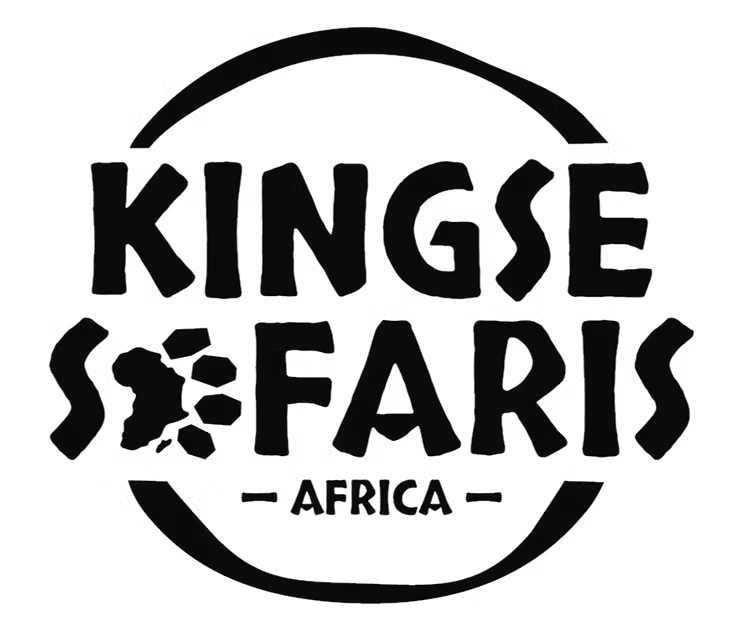Etiquette
Kilimanjaro Tipping Guide
Show Appreciation with Fair Tips for Your Mountain Crew.
Tipping on Kilimanjaro is a long-standing tradition that supports the hardworking crew who guide, cook, and carry gear. This guide explains why tipping matters, who to tip, and the ceremony itself, turning gratitude into an essential part of your climbing journey.
Why Tipping Matters on Kilimanjaro
Tipping is more than just a custom on Mount Kilimanjaro. It’s an essential part of a crew member’s income.
- Low salaries: Crew members earn a government-regulated wage, but it’s not enough to live on.
- Fair recognition: Tipping rewards their hard work, long hours, and excellent service.
- Motivation: Crews often take pride in working harder, knowing good service can earn better tips.
- KPAP standards: The Kilimanjaro Porters Assistance Project (KPAP) actively supports tipping as part of fair porter treatment.
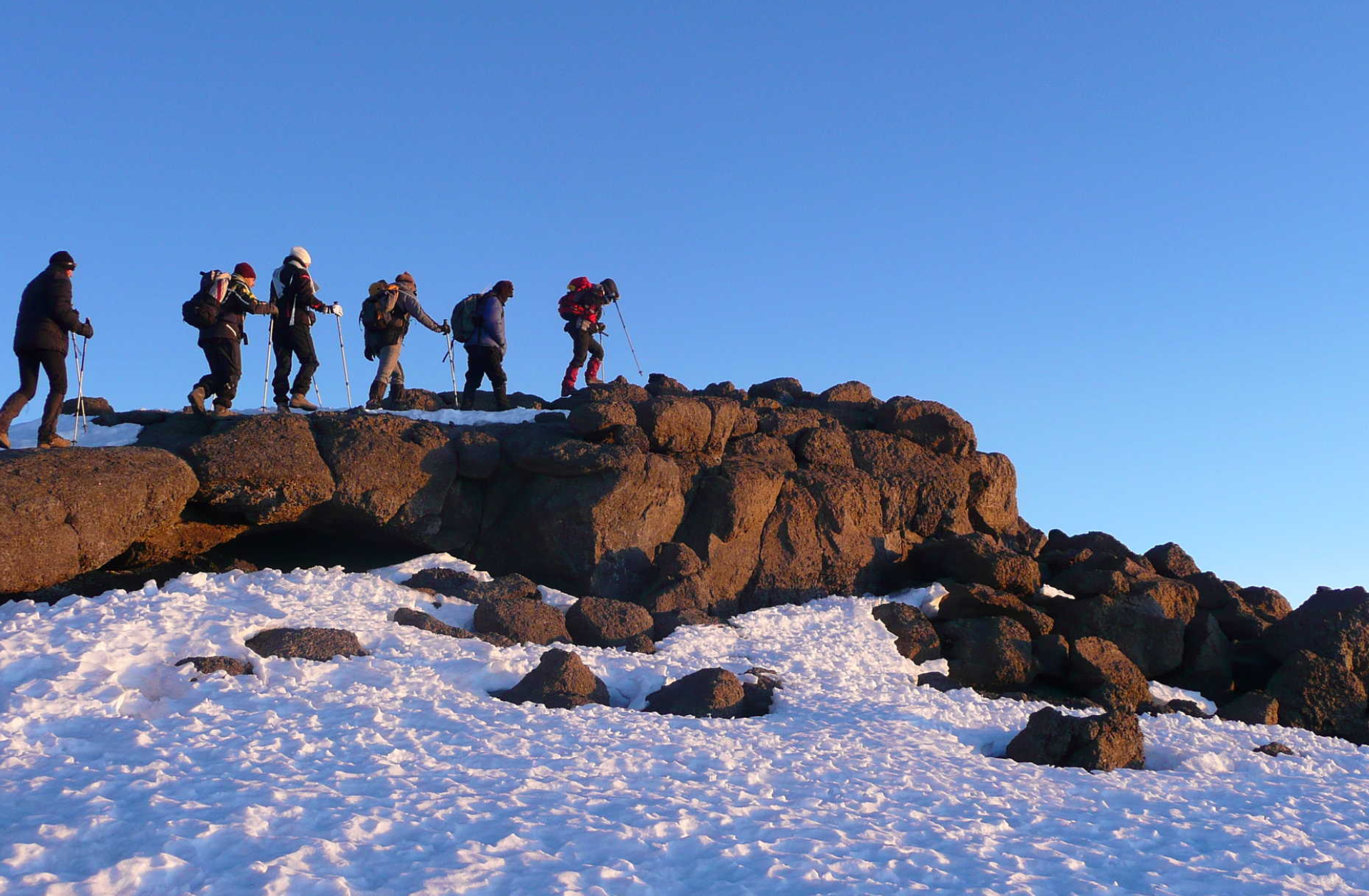
Who Makes Up the Kilimanjaro Crew?
Every climb requires a dedicated team. The size of the crew depends on your group size and route, but the structure usually includes:
- Lead Guide – The overall leader, responsible for safety and decision-making.
- Assistant Guides – Support trekkers, monitor health, and lead sections of the trail.
- Cook – Prepares all meals, from hearty breakfasts to hot dinners.
- Porters – Carry gear, food, tents, and personal belongings (maximum 20kg each).
- Helping Porters – Porters with extra roles such as waiter, toilet attendant, or dishwashing.
These crew members work behind the scenes every day to make your climb smooth and safe.
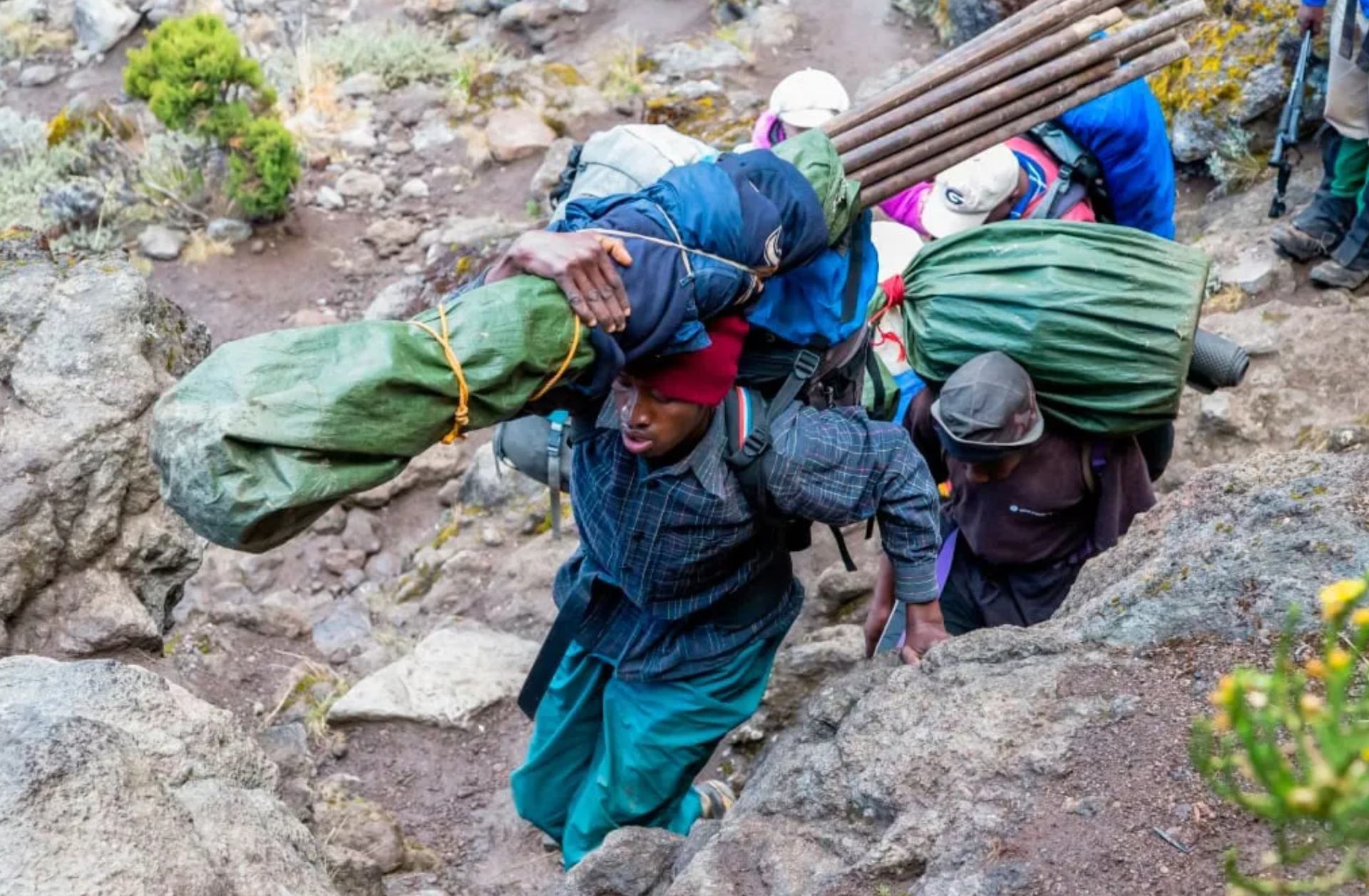
Typical Crew Size
The number of crew members grows with the number of climbers.
- Small group (2 climbers): ~14 crew members
- Medium group (4 climbers): ~21 crew members
- Large group (12 climbers): ~57 crew members
Since everything—from tents and cooking gear to chairs and toilets—must be carried up and down the mountain, the ratio of porters to climbers is usually three porters per trekker.
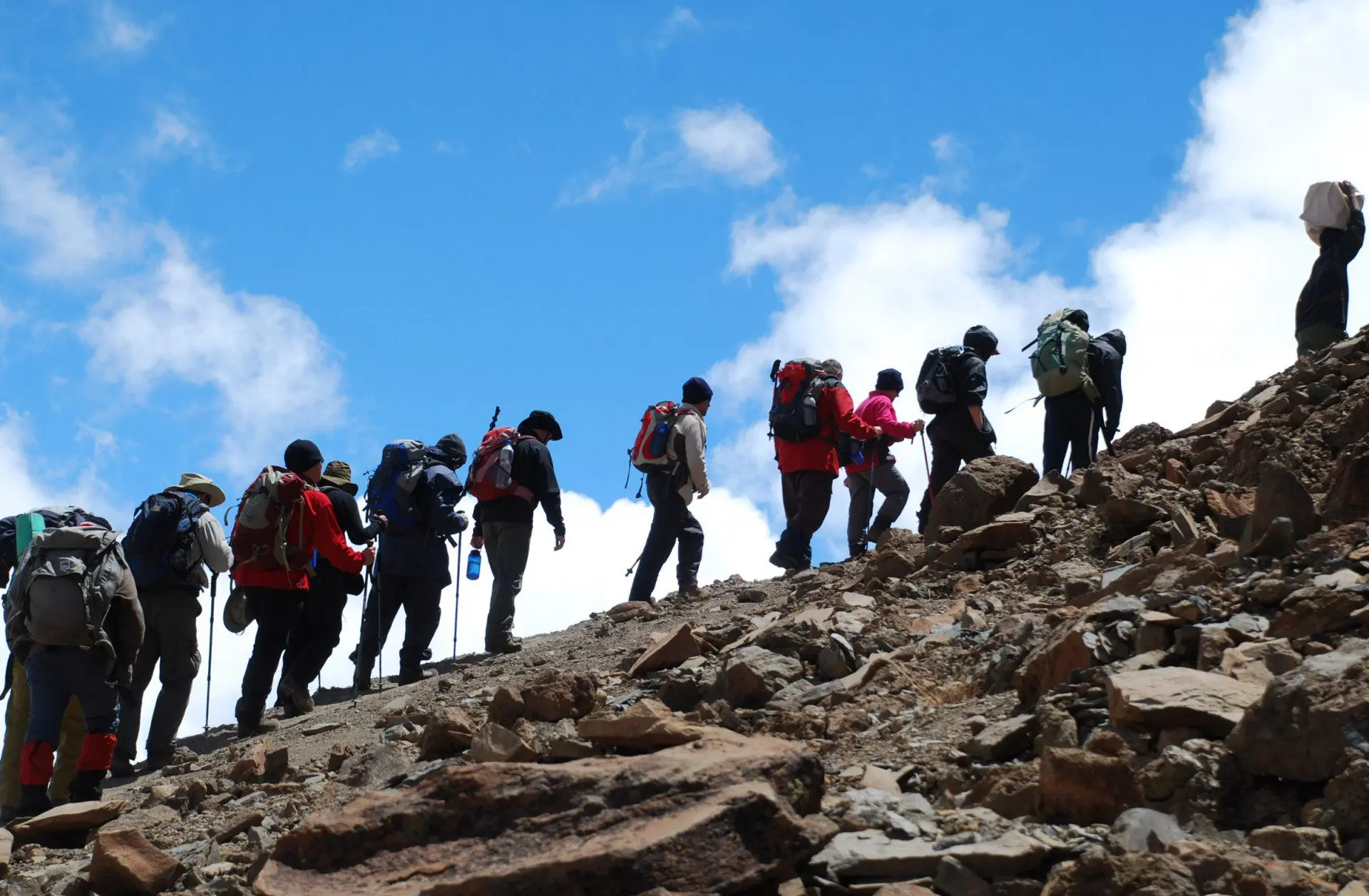
How Much Should You Tip?
Tipping amounts vary depending on climb duration, group size, and service received. The following are recommended daily amounts (per crew member):
- Porter: US$6–10 per day
- Helping Porter: US$8–12 per day
- Cook: US$10–15 per day
- Assistant Guide: US$15–25 per day
- Lead Guide: US$20–30 per day
Important: These are shared group amounts, not per climber. For example, if your group has four climbers, the total recommended tips will be divided among you.
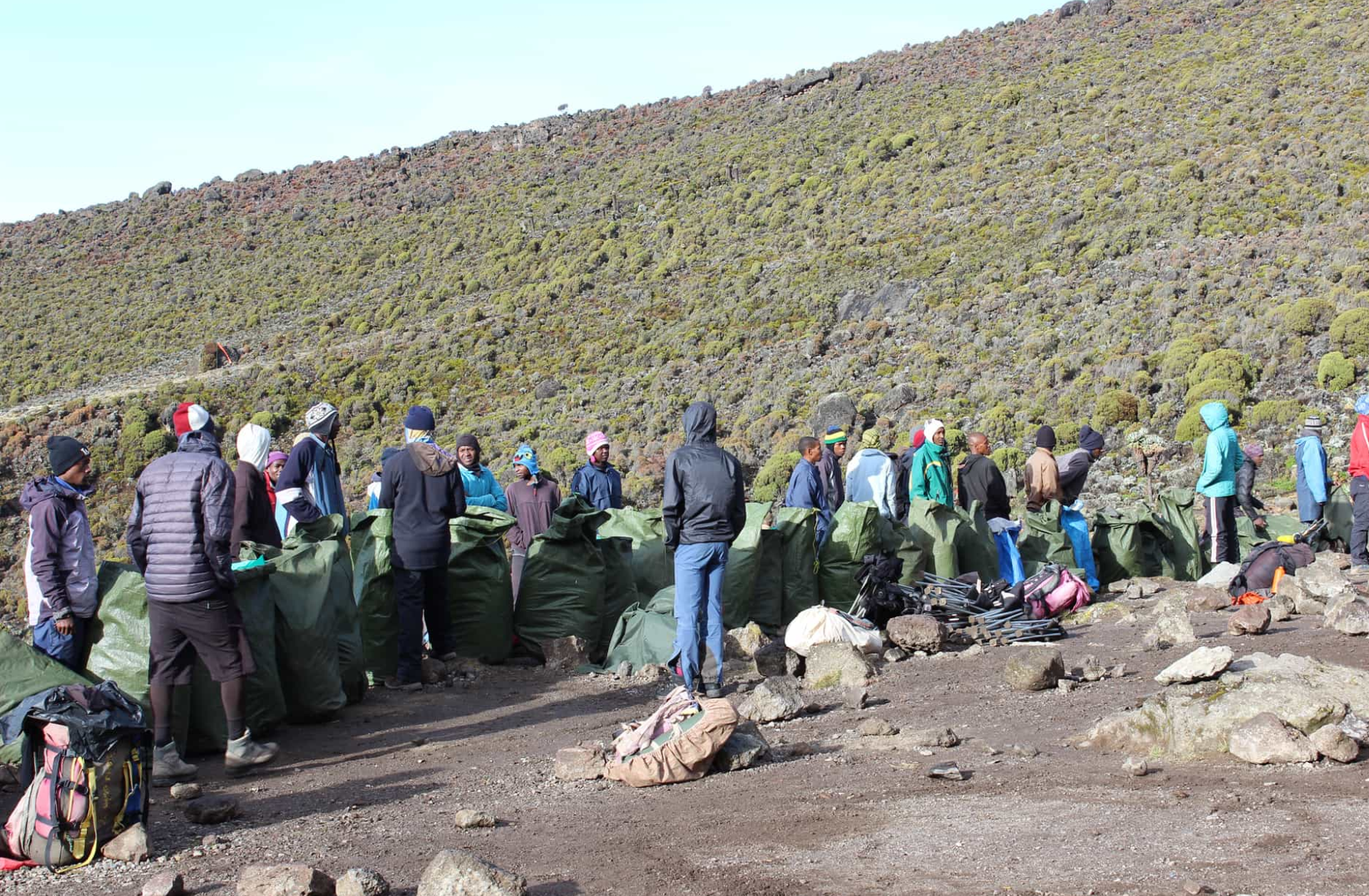
How to Handle Tipping
Tipping on Kilimanjaro needs a bit of planning before you even set foot on the mountain. Since you won’t find ATMs or banks once your trek begins, it’s essential to carry the correct currency and denominations with you. The most commonly used currency is the US dollar, though Tanzanian shillings are also accepted. Crew members rely on tips as part of their income, so preparing this ahead of time helps ensure the ceremony at the end of your climb goes smoothly.
During the tipping ceremony, it’s customary for trekkers to personally hand over tips to the crew members as a group. This moment is more than a transaction—it’s a way to show respect and gratitude for the incredible hard work your guides, porters, and cook have put in to make your climb possible.
- Currency: US dollars (new, untorn bills post-2013) or Tanzanian shillings.
- Preparation: Bring cash with you, as ATMs aren’t available once you start the climb.
- Distribution: It’s best to give tips directly to each crew member during the ceremony, rather than only to the lead guide.
- Ceremony: At the end of the climb, a tipping ceremony is held where climbers thank the crew, often with singing and dancing. This is when tips are distributed.
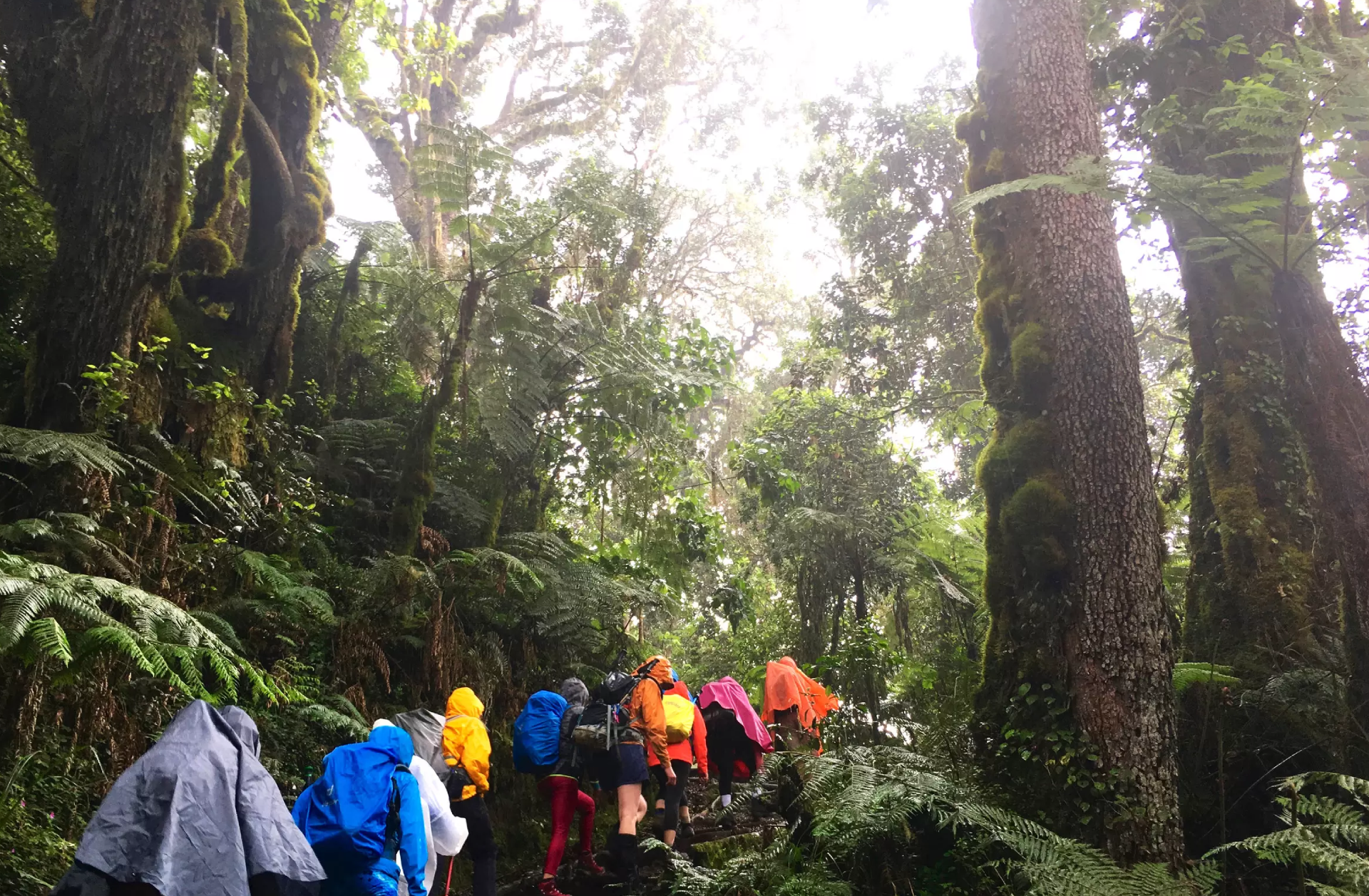
When and How to Tip
The timing of your tip is just as important as the amount. Most groups present their tips during the final day on the mountain or once back at the park gate. This ensures that every member of the crew is present and can receive their fair share.
To make things organized, many groups choose a spokesperson to represent them during the ceremony. This person delivers a short thank-you message on behalf of the climbers and helps distribute the money fairly. Handing tips directly to each crew member avoids confusion, builds trust, and ensures that your gratitude reaches everyone who contributed to your climb.
- Tipping is usually done on the final day at camp or once back at the gate.
- Climbers often appoint a spokesperson to thank the crew on behalf of the group.
- Handing tips directly ensures fairness and transparency.
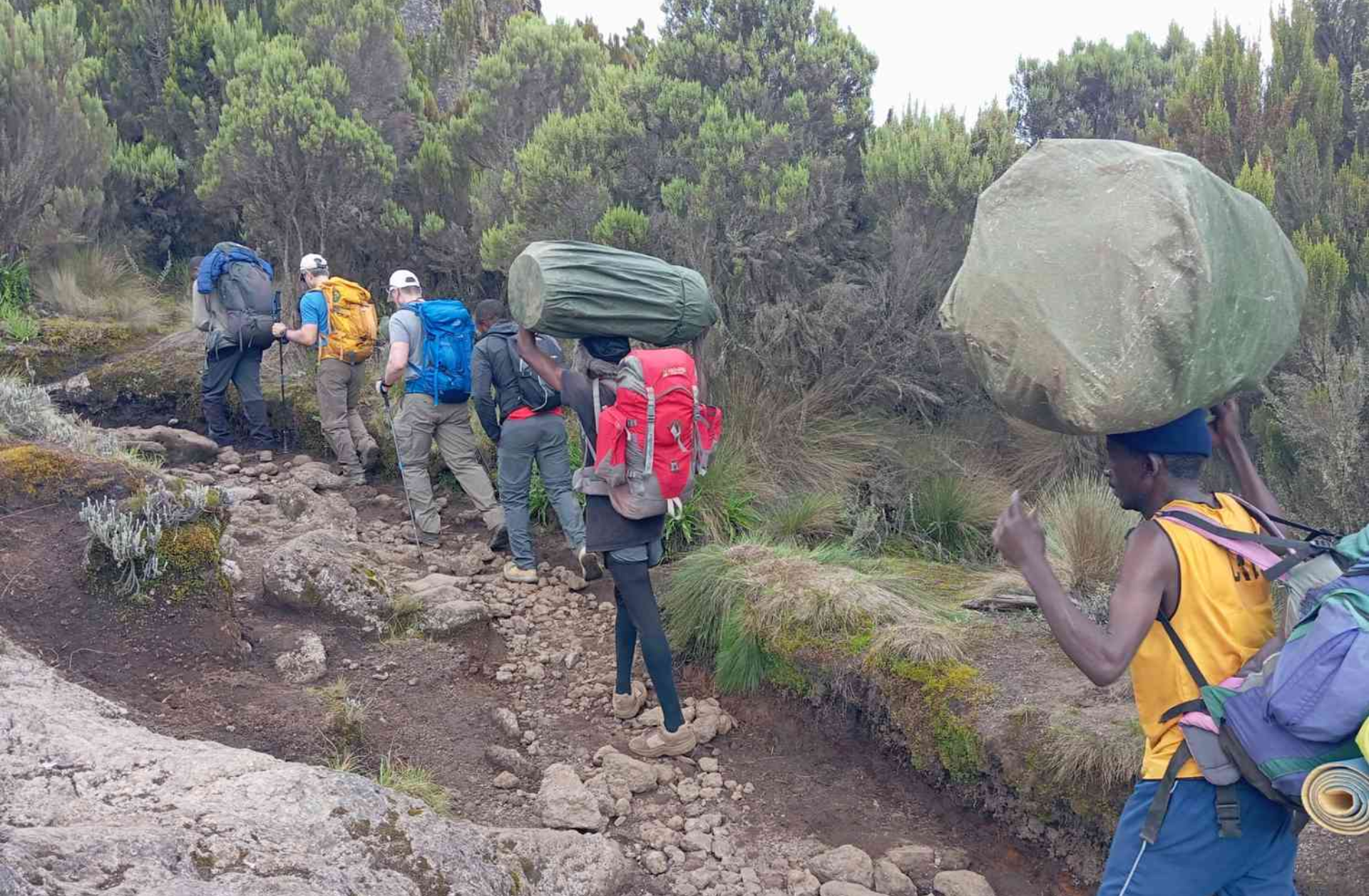
Your Role in Fair Treatment
Tipping isn’t just tradition. It’s part of climbing responsibly. Your contribution helps porters and guides support their families, access education, and maintain a sustainable livelihood. By tipping fairly and climbing with ethical operators, you directly impact their well-being and preserve Kilimanjaro’s guiding culture.
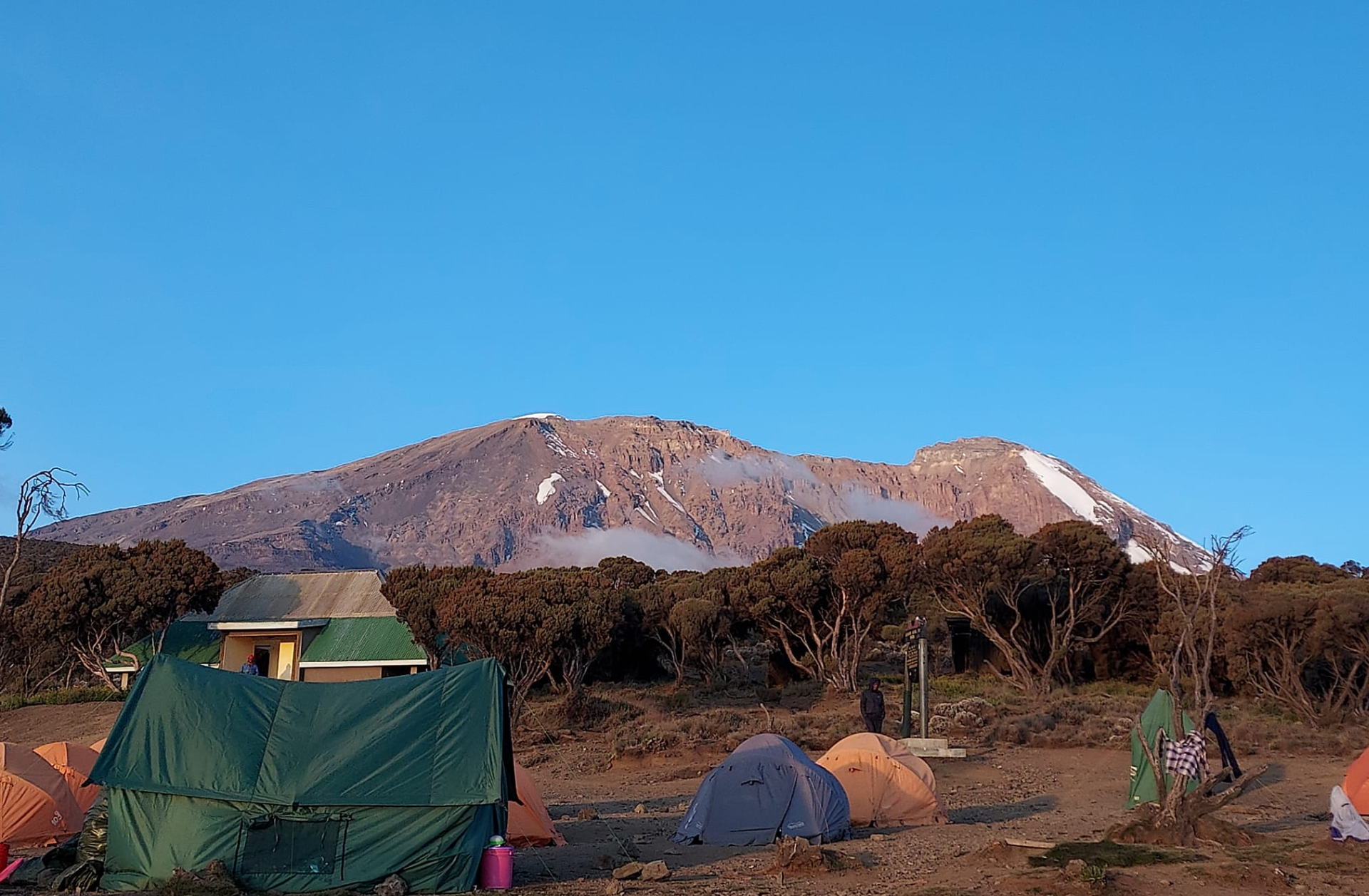
A Complete Travel Guide for Your Mount Kilimanjaro Adventure
Planning your Kilimanjaro climb goes beyond choosing a route. It’s about timing, preparation, costs, and even the food that fuels you. Our guides help you understand every detail, making your journey safe, enjoyable, and truly rewarding from start to summit.

Best Time
Discover ideal months for climbing Kilimanjaro’s stunning trails.

Climbing Cost
Learn the actual expenses behind a Kilimanjaro adventure.

Kilimanjaro FAQs
Find quick answers to common trek preparation questions.

Climbing Foods
Explore the meals that fuel trekkers on the mountain.
Creating Your Dream Safari, The Way You Want it
Kingse Safaris Africa offers customized tours tailored to your needs. Everything about your trip can be altered to suit your travel style, from the activities to the schedule. Join us and design your dream journey with us!







